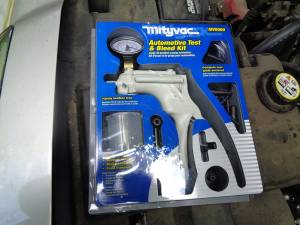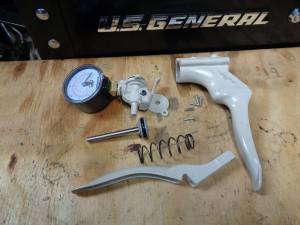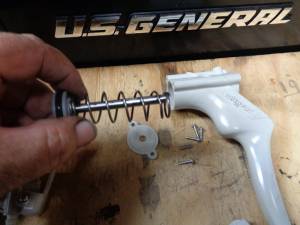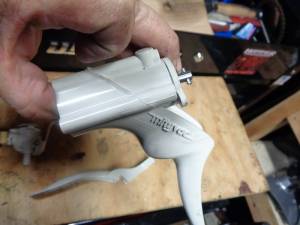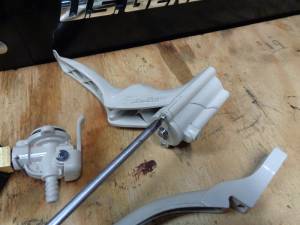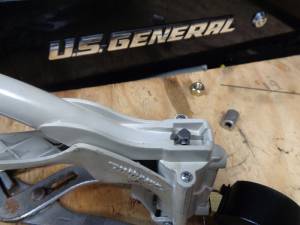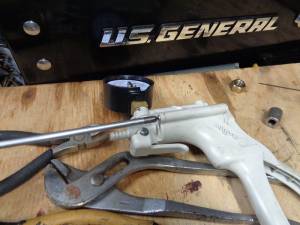Table of Contents
REF: Tools - 160
MityVac Vacuum Pump Function and Usage
See also in the Sportsterpedia;
Click here for the full article on bleeding brakes.
Click here for VOES testing with a MityVac.
Click here for MAP and TMAP sensor testing.
Click here for testing the fuel petcock.
A hand operated vacuum pump is a versatile tool that can be used to test a variety of automotive systems and perform a number of useful tasks. 1)
Though the pump has obvious uses for testing various vacuum motors, control valves and vacuum sources, it's applications don’t end there.
Almost any part or system that requires proper sealing vacuum to operate can be tested with the vacuum pump.
The pump and it's accessories also transfer fluids, help to bleed brakes and aid in other tasks.
The pump also meets diagnostic tool requirements when such tools are specified for some state vehicle inspection
programs.
The pump is easily held in your hand, and when the handle is squeezed, vacuum is produced at the front fitting.
If the front fitting of the pump is connected to a closed container or system, the gauge will show the vacuum level created.
The pump is simple to use although successive pumping can be tough on your wrist muscles. 2)
In most applications on Sportsters, it’s attached directly to a brake bleeder screw, or VOES or MAP sensor to create a suction for bleeding fluid or testing diagnostics.
- When vacuum is desired for a test, the movable handle of the pump is simply squeezed with your hand, as in clenching your fist.
Continue strokes until the desired vacuum is indicated on the gauge. - The pump can be connected into a vacuum circuit and used to measure existing amounts of vacuum, just as any vacuum gauge would be used.
When used this way, do not pump the handle, or incorrect readings may result. - The vacuum gauge can be useful for detecting a fluctuating vacuum supply or a leaky hose.
- It can be used to test vacuum operated petcocks.
- It can be used to keep a constant vacuum on a vacuum operated petcock to drain the fuel tank.
- On cases with oil seepage along the case half seal, a MityVac has been used to apply a vacuum to the breathers (in the heads) for an external sealer application. 3)
Carefully clean area to be sealed (lacquer thinner) and then externally apply a quality case half sealer like Three Bond.
The vacuum helps pull it into the seam.
Proper Care and Maintenance
Handle the vacuum pump carefully or the gauge accuracy may be affected. 4)
Silicone oil is suggested to lubricate the pump / O-rings if needed.
DOT 5 brake fluid (silicone based) or vegetable salad oil can also be used as lubricant in absence of silicone oil.
Do not use petroleum based fluids or spray lubricants (WD-40, motor oil, etc.), as these can damage the seals in the pump.

